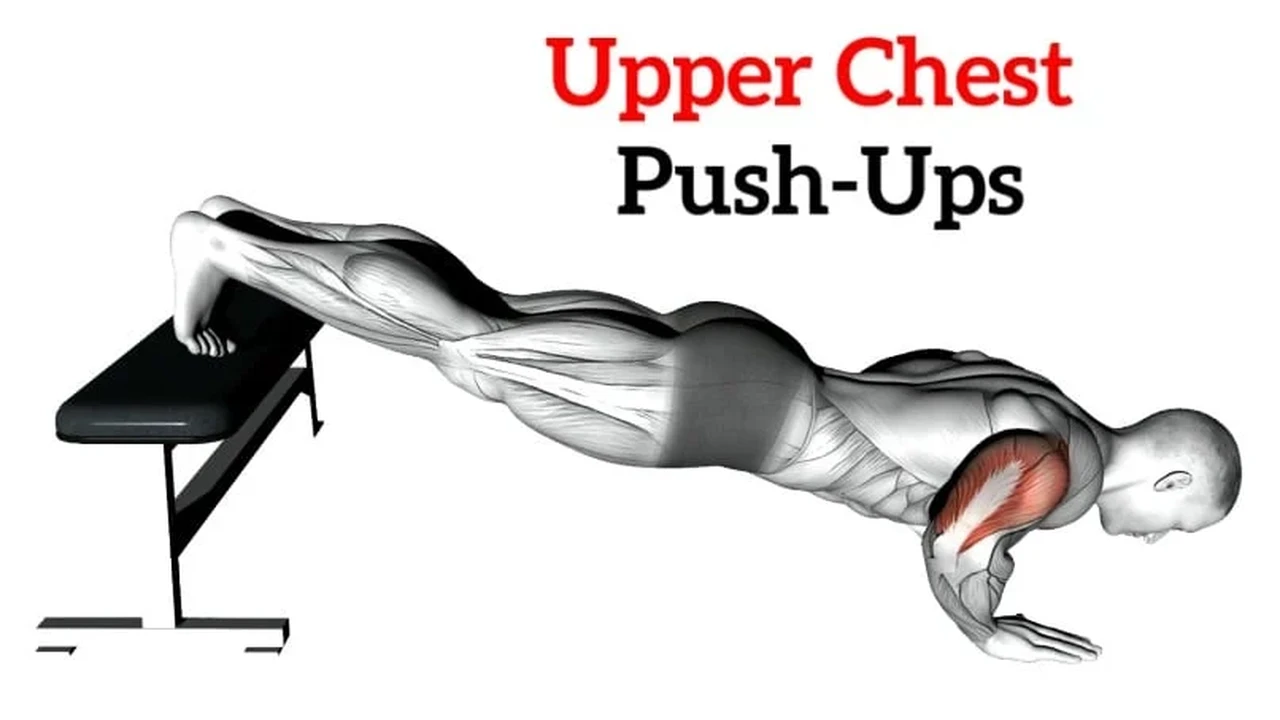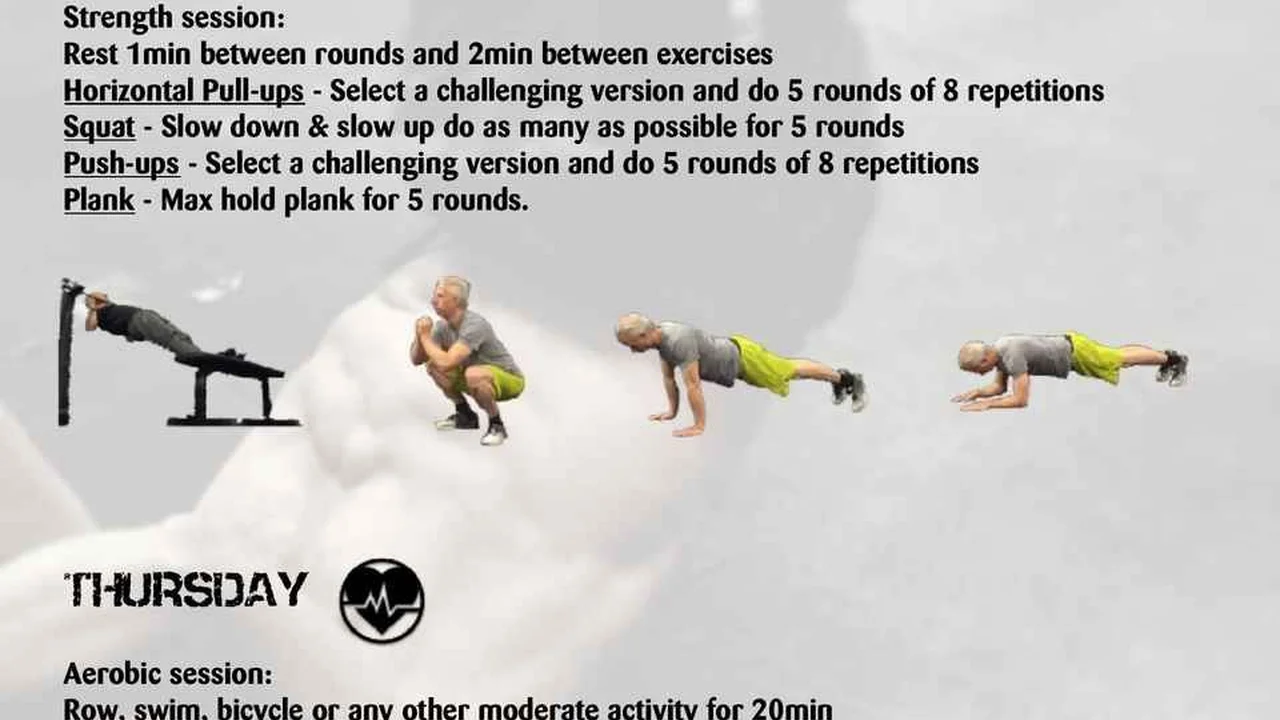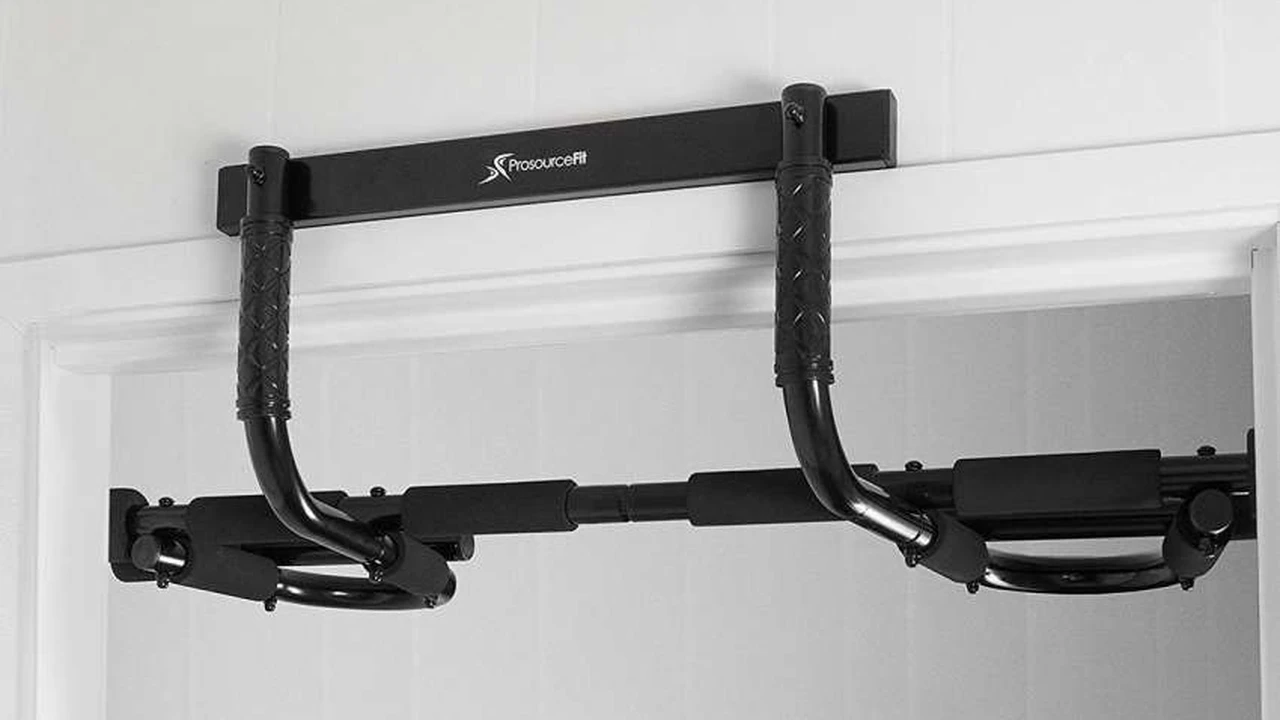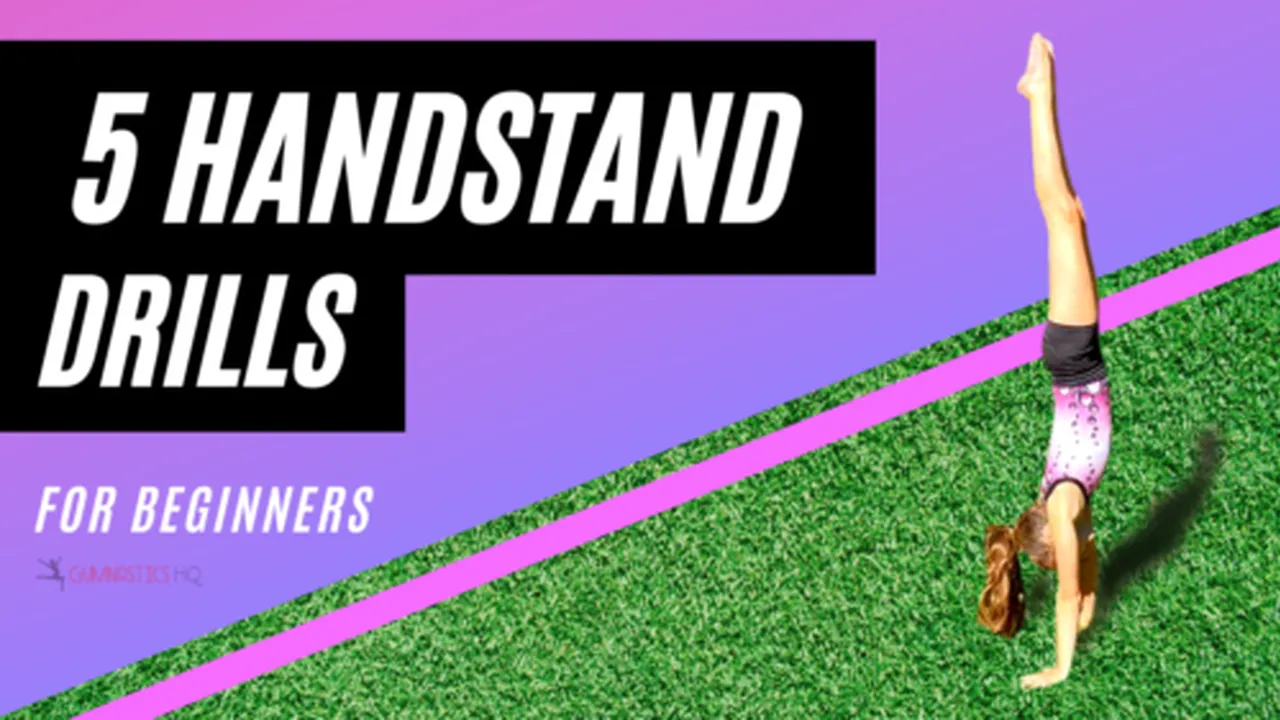Decline Push-Ups: Build Upper Chest Strength at Home
Decline push-ups are a fantastic way to target your upper chest and triceps, adding variety and intensity to your home workouts. This exercise modification elevates your feet, shifting the emphasis to different muscle groups and boosting your overall push-up game. We'll dive into the benefits, proper form, and variations, and even recommend some equipment to enhance your training, complete with product comparisons and pricing. So, let's get ready to sculpt that upper chest!

Alright, let's talk decline push-ups. You know, those push-ups where your feet are higher than your hands? They're not just a fancy variation; they're a seriously effective way to sculpt your upper chest and add some serious challenge to your routine. Think of it as a push-up with an attitude.
Decline Push Ups Benefits Targeting Upper Chest Muscles
So, why bother with decline push-ups? The biggest reason is that they shift the focus of the exercise to your upper chest. Regular push-ups work your whole chest, but the decline angle really hits those upper pec fibers. This helps you build a more balanced and defined chest. Think of it like this: you're giving your upper chest a VIP workout session.
Beyond chest gains, decline push-ups also engage your shoulders and triceps more intensely. The elevated foot position requires greater stabilization and strength in these supporting muscles. This translates to improved overall upper body strength and a better push-up performance in general. It's like a two-for-one deal!
Plus, they're a great way to add variety to your workouts. If you're stuck in a push-up rut, decline push-ups can break the monotony and challenge your muscles in a new way. Muscle confusion is your friend when it comes to building strength and preventing plateaus. It's like surprising your muscles with a new adventure!
Proper Decline Push Up Form Technique and Posture
Okay, let's get down to the nitty-gritty: how to do a decline push-up with proper form. This is crucial to avoid injury and maximize the benefits.
- Find an Elevated Surface: You'll need something sturdy to elevate your feet. A bench, a sturdy chair, or even a plyometric box will work. The higher the surface, the more challenging the exercise. Start with a lower height and gradually increase it as you get stronger.
- Get into Position: Place your hands on the floor slightly wider than shoulder-width apart. Your fingers should be pointing forward. Position your feet on the elevated surface. Your body should form a straight line from your head to your heels. This is your starting position.
- Lower Your Body: Keeping your core engaged and your back straight, lower your chest towards the floor. Aim to bring your chest as close to the floor as possible without touching it. Remember to breathe in as you lower yourself.
- Push Back Up: Push yourself back up to the starting position, exhaling as you do so. Focus on engaging your chest and triceps as you push. Keep your body in a straight line throughout the movement.
- Repeat: Repeat the exercise for the desired number of repetitions.
Important Form Tips:
- Maintain a Straight Line: Avoid sagging your hips or arching your back. Keep your core engaged to maintain a straight line from head to heels.
- Control Your Descent: Don't just drop down. Lower yourself slowly and with control. This helps to engage your muscles more effectively and reduces the risk of injury.
- Full Range of Motion: Aim for a full range of motion, bringing your chest as close to the floor as possible. This will maximize the activation of your chest muscles.
- Proper Breathing: Breathe in as you lower yourself and exhale as you push back up. Proper breathing helps to maintain energy and focus.
Decline Push Ups Variations for Different Fitness Levels
Decline push-ups can be modified to suit different fitness levels. Here are a few variations to try:
- Incline Push-Ups: This is a regression of the decline push-up. Instead of elevating your feet, you elevate your hands. This makes the exercise easier and is a good starting point for beginners.
- Knee Decline Push-Ups: If decline push-ups are too challenging, you can modify them by performing them on your knees. This reduces the amount of weight you're lifting and makes the exercise easier.
- Weighted Decline Push-Ups: For a more advanced challenge, you can add weight to your back. This can be done using a weight plate, a weighted vest, or even a backpack filled with books.
- Decline Push-Ups with Resistance Bands: Adding resistance bands can increase the intensity of the exercise. Loop the band around your back and hold the ends in your hands.
- Single Leg Decline Push-Ups: Lift one leg off the elevated surface during the push-up. This adds an element of core stability and balance.
Decline Push Up Equipment Recommendations Product Comparisons and Pricing
While you can certainly do decline push-ups using just a chair or bench, some equipment can enhance your experience and provide more stability and versatility. Here are a few recommendations:
Workout Benches for Decline Push Ups
A workout bench is a versatile piece of equipment that can be used for a variety of exercises, including decline push-ups. Look for a bench that is sturdy, adjustable, and has a non-slip surface.
- FLYBIRD Adjustable Weight Bench: This bench is adjustable to multiple positions, including decline, incline, and flat. It's sturdy and comfortable, with a thick padded seat and backrest. Price: $129.99
- Fitness Reality 1000 Super Max Weight Bench: This bench is designed for heavy-duty use and can support up to 800 pounds. It's adjustable to multiple positions and has a wide base for stability. Price: $199.99
- Amazon Basics Flat Weight Workout Exercise Bench: A more budget-friendly option, this flat bench is simple but effective for decline push-ups. It's sturdy and has a non-slip surface. Price: $49.99
Plyometric Boxes for Elevated Feet in Decline Push Ups
Plyometric boxes are another great option for decline push-ups. They come in various heights, allowing you to adjust the difficulty of the exercise. Look for boxes that are sturdy and have a non-slip surface.
- Yes4All Wood Plyo Box: This wooden plyo box is sturdy and durable. It's available in various heights, allowing you to choose the one that's right for you. Price: $79.99 (for a 12-inch box)
- Garage Fit Soft Plyo Box: This soft plyo box is a safer option, as it's less likely to cause injury if you fall. It's also more comfortable to use. Price: $149.99 (for a 12-inch box)
- Rogue Foam Plyo Box: Known for quality, Rogue's foam plyo box is durable and provides a stable platform. Price: Starting at $165
Resistance Bands for Decline Push Ups
Resistance bands can add an extra challenge to decline push-ups. Look for bands that are durable and have varying levels of resistance.
- Fit Simplify Resistance Loop Exercise Bands: These bands are durable and come in a set of five, with varying levels of resistance. Price: $12.99
- TheraBand Resistance Bands Set: TheraBand is a well-known brand in the fitness industry. Their resistance bands are durable and provide consistent resistance. Price: $19.99
- Serious Steel Fitness Resistance Bands: For heavy-duty resistance, Serious Steel bands are a great choice. They're known for their durability and high resistance levels. Price: Varies by resistance, starting around $15
Integrating Decline Push Ups Into Your Workout Routine
Now that you know all about decline push-ups, it's time to integrate them into your workout routine. Here's a sample workout:
- Warm-up: 5 minutes of light cardio, such as jogging in place or jumping jacks.
- Decline Push-Ups: 3 sets of 10-15 repetitions.
- Incline Push-Ups: 3 sets of 10-15 repetitions.
- Regular Push-Ups: 3 sets of 10-15 repetitions.
- Dumbbell Chest Press: 3 sets of 8-12 repetitions.
- Dumbbell Flyes: 3 sets of 10-15 repetitions.
- Cool-down: 5 minutes of stretching.
Remember to listen to your body and adjust the workout as needed. Start with a lower number of repetitions and gradually increase as you get stronger. And most importantly, have fun!
:max_bytes(150000):strip_icc()/277019-baked-pork-chops-with-cream-of-mushroom-soup-DDMFS-beauty-4x3-BG-7505-5762b731cf30447d9cbbbbbf387beafa.jpg)






